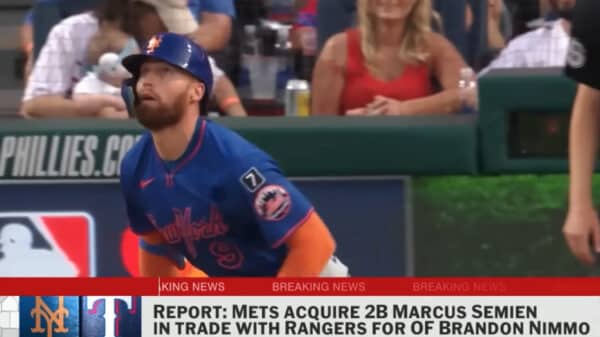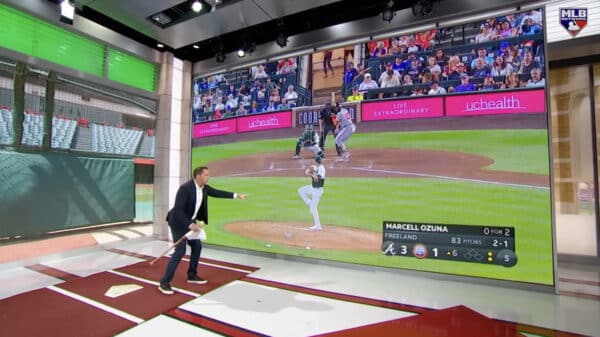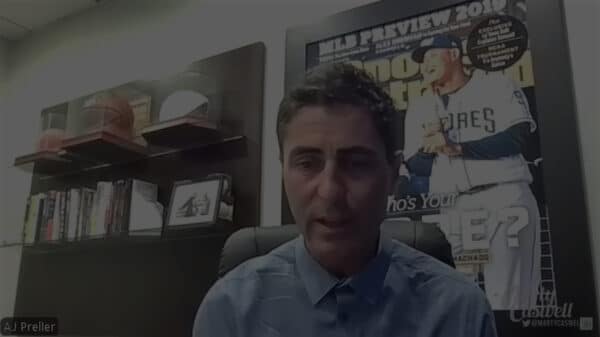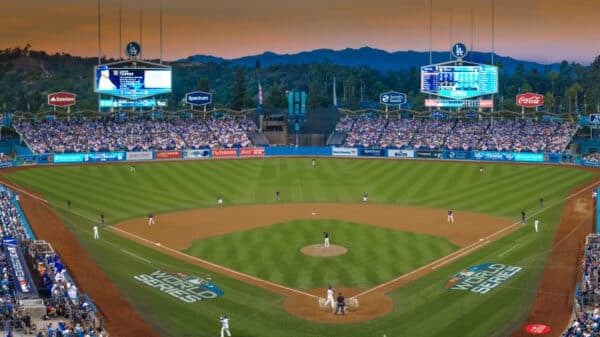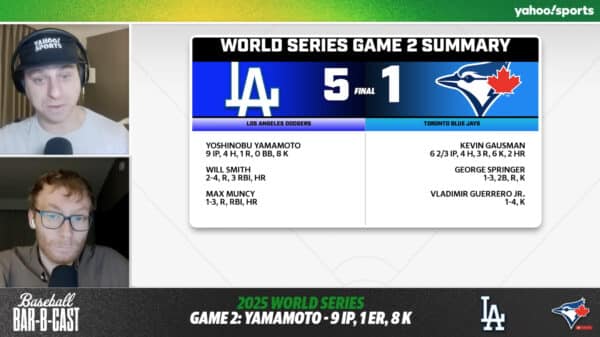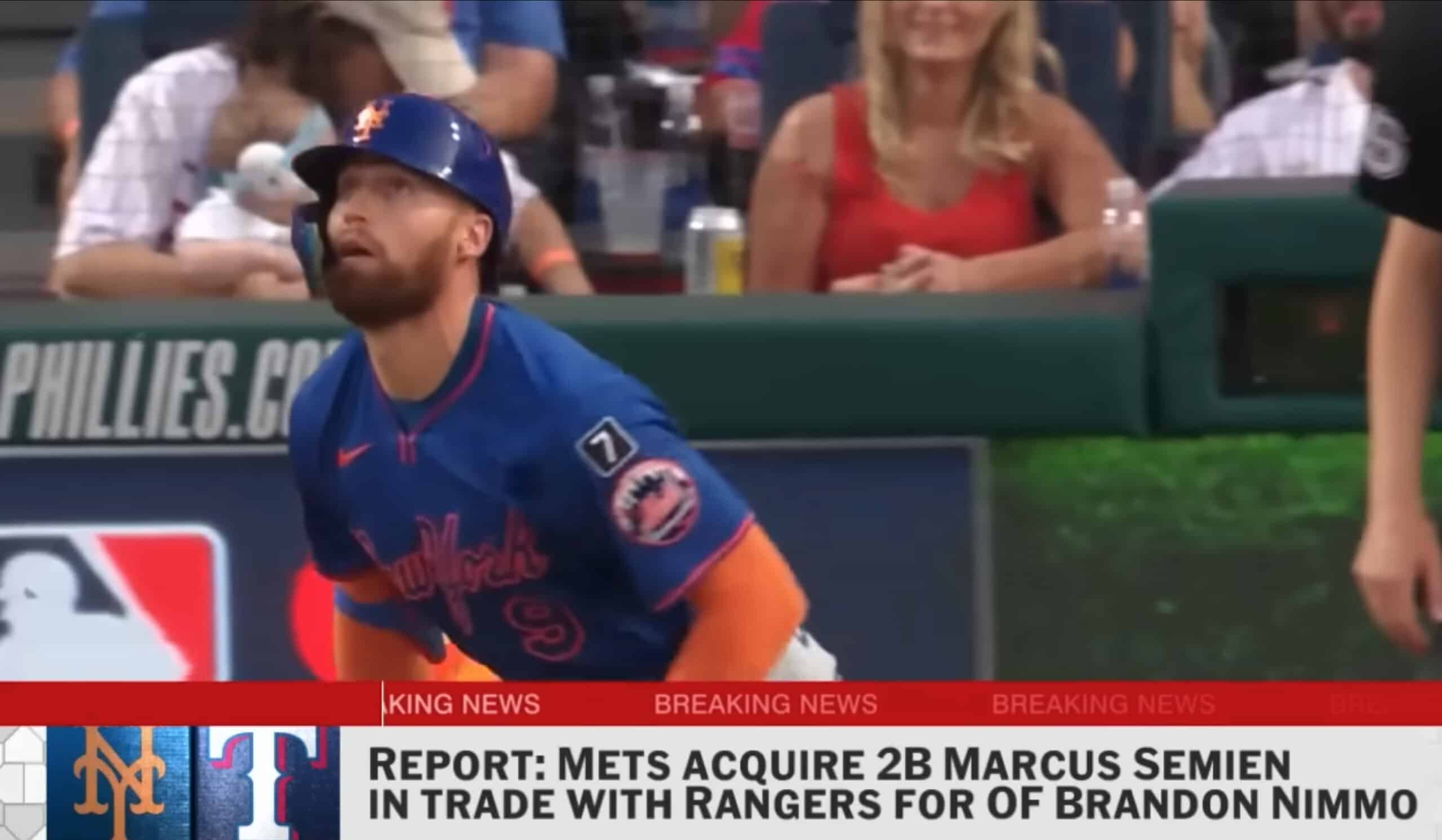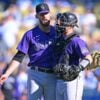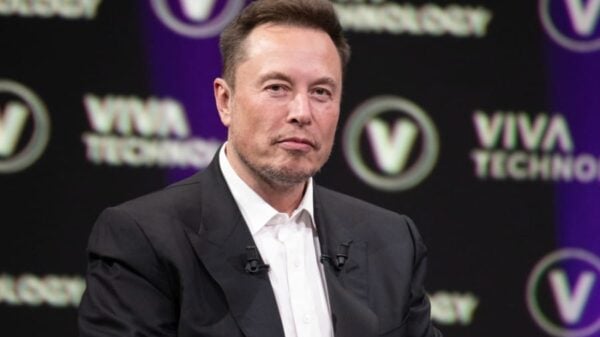Recently, the New York Mets and Texas Rangers reached a significant agreement that will see outfielder Brandon Nimmo heading to Texas while second baseman Marcus Semien makes his way to New York. While the particulars of the trade remain under wraps, the implications of this deal are evident for both teams.
Why the Deal Benefits the Mets
Improving defensive performance has been a priority for David Stearns, the Mets’ president of baseball operations. The previous season, the Mets struggled defensively, ranking near the bottom for the highest batting average on balls in play and placing 19th in fielding runs as per Statcast metrics. This prompted Stearns to acknowledge the need for an improved defensive strategy going forward.
“We’re going to need our current group of players to play better defense,” he stated recently. “The quality of play we showed in the last couple of months was not sufficient.” By acquiring Semien and trading away Nimmo, the Mets not only gain a better infielder but also address their need for enhanced defense in critical positions.
At 35, Semien brings valuable experience despite a season with lower offensive outputs; he ended the year with a .230 batting average and 15 home runs. Nonetheless, his defensive metrics remain strong, registering an average of 11 fielding runs over the past three seasons. His addition positions him as a substantial upgrade over Jeff McNeil, who has recently been the subject of trade conversations.
Contractually, Semien is locked in through the 2028 season, with a further $72 million due over the next three years. This long-term arrangement indicates a commitment from the Mets to bolster their infield defense as they plan for sustained success.
Moreover, trading Nimmo allows the Mets to pivot towards exploring more robust outfield options. With top prospect Carson Benge poised for a center field opportunity next spring, the Mets could also seek seasoned defensive outfielders in free agency, such as Cody Bellinger or Harrison Bader, to further strengthen their lineup.
Why the Deal Benefits the Rangers
The Rangers gain a more youthful and offensively potent player in Nimmo, who outperformed Semien last season. Priced at $6 million less in 2026, Nimmo fits into Texas’s strategy to reduce payroll while enhancing their batting line-up. As the Rangers struggled offensively, ranking 22nd in runs scored, acquiring Nimmo serves as a strategic move to increase their offensive output.
Nimmo enjoyed a solid year in 2025, boasting a .262 batting average and a career-high 25 home runs. He adds versatility to the outfield and maintains an average or slightly below-average defensive profile, which means he may need to adapt to a corner outfield position rather than one in center.
Following the non-tendering of longtime outfielder Adolis García, the Rangers are looking for solutions in their roster composition. Nimmo’s signing allows Texas to fill this gap effectively while also giving utility players like Josh H. Smith a chance to step into the keystone position created by Semien’s departure. Furthermore, Texas boasts promising prospects like shortstop Sebastian Walcott, adding depth to their infield options.
Nimmo is under contract until the end of the 2030 season, amounting to over $101 million, reflecting the team’s commitment to improving their roster for the long haul.
In summary, this trade not only reshapes the rosters of both teams but also emphasizes their strategic priorities moving forward. The Mets are focusing on bolstering their defense while the Rangers are determined to improve their offensive capacity, setting the stage for an intriguing new chapter in both franchises. As the offseason unfolds, it will be fascinating to see how these moves influence their performance in the upcoming season.






